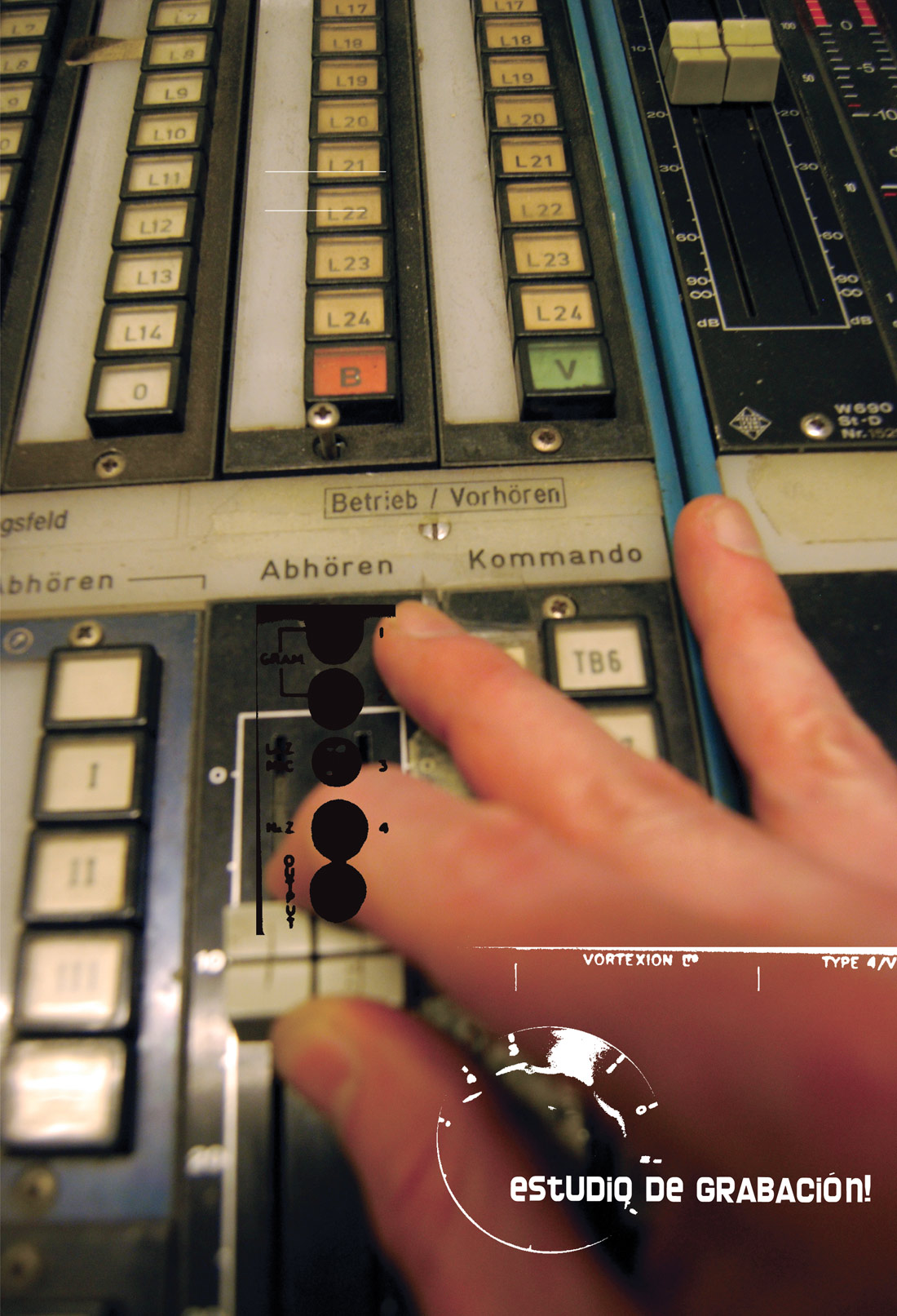In a majority of cases, the absolute worst motive for undertaking a DIY electronics project is "cost savings." Gear builds are gratifying for a number of reasons, but factors like economies of scale dictate that you will often end up spending an amount approaching (or exceeding) the cost of a comparable ready-made unit.
Exceptions do exist, though, and due to extreme rarity (and few modern alternatives) it's quite financially sensible to build your own version of the EMI REDD.47 mic preamp. Enter Drip Electronics, whose 47 ULTRA printed circuit board represents their third (and best) layout of this classic circuit.
First things: The 47 ULTRA is not a kit, but a high quality PCB for which users must source their own parts. Drip provides a bill of materials, but it tends toward pricey audiophile parts and isn't accuracy-verified. If you're picky about components or prefer a cost-targeted approach, you'll spend significant time parts-sourcing. Documentation is limited, a bit difficult to locate on Drip's site, and does not contain step-by-step instructions. Stumped builders are encouraged to pose their questions on a dedicated message forum that, unfortunately, sees little traffic. First-time builders may be deterred here, with good reason.
The 47 ULTRA features an elegant layout of the original EMI circuitry and an optional regulated DC filament supply, but it's a blank canvas. The most basic build would feature only the original REDD.47's functions: a three-position gain switch (34, 40, and 46 dB of boost) and a fine trimmer for stereo-pair calibration. There's no built-in provision for input or output attenuation, polarity reverse, or phantom power (though these functions can be added by a savvy builder).
The board itself is the highest quality I've ever encountered. The substrate is thick and sturdy with wide, gracefully curved traces; through-plated holes; and generous pads that solder effortlessly. The sharp silkscreening and black solder mask make for a board that's flat gorgeous with a layout that's logical, quiet, and sound. This is high-end stuff!
At The Bunker Studio in Brooklyn, we began with a pair of 47 ULTRA builds, but the number has since swelled to ten - these are too good! To make them viable and flexible enough for day-to-day use, we added several features to the basic units: phantom power, polarity reverse, a switchable -20 dB input pad, and a 600 Ω output fader. To squeeze them (barely!) into 2RU-height enclosures, we skipped the 6X4 rectifier tube in favor of silicon diodes.
Our first two builds quickly found favor on woodwind and brass instruments, drum overheads, guitar amplifier, and several other sources. These are high-fidelity devices that somewhat reflect EMI's mid-century focus on classical music recording. Characterful? Yes, but it's a high-fidelity character of the wide, spacious, three-dimensional variety. The "warmth" is there, but it comes not as much from coloration as from a feeling of size and effortlessness. Of course, cascading two units together to distort a DI'ed Epiphone Casino replicates the fuzz guitar sound from "Revolution," so there is fun to be had.
For our most recent eight units, a few tweaks improved performance even further. Increasing the cathode bypass capacitors from 100 μF to 470 μF and using film capacitors in the power supply removed what were only traces of lower-midrange murk and bottom-end sluggishness. The revised units are among the most outstanding preamps in our studio, even on nuanced sources like acoustic piano.
The Drip 47 ULTRA allows an ambitious or experienced builder to create a first-rate device capable of carving out a prominent place alongside more typical Neve and API fare. They're conversation starters, and the conversation usually includes the phrase, "I've never heard a recording of my instrument sound so good!" If you're undeterred by limited documentation and confident in your ability to figure out how to add any needed functionality, this product and project come most highly recommended.
($200 direct; www.dripelectronics.com)




_disp_horizontal_bw.jpg)